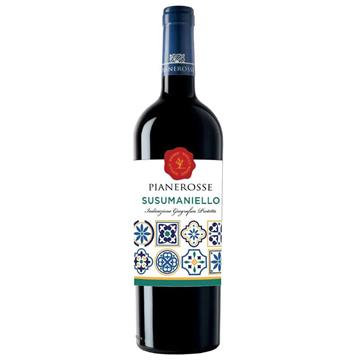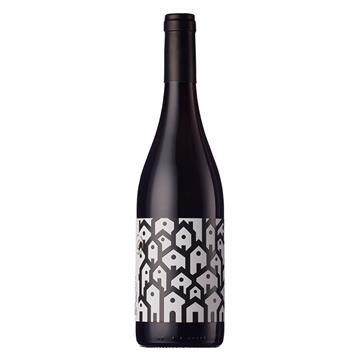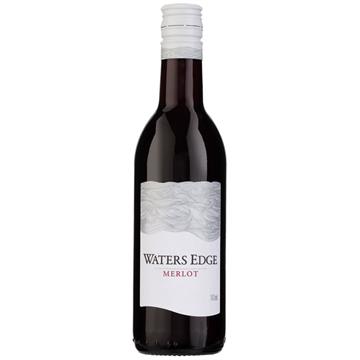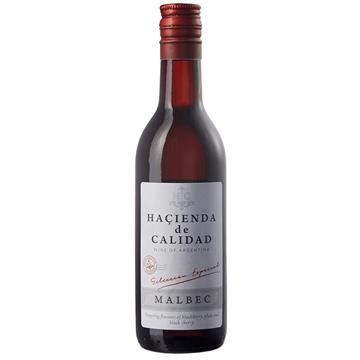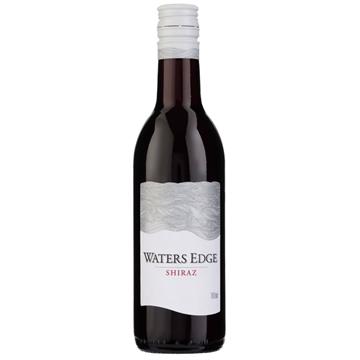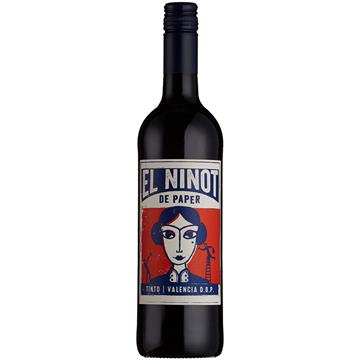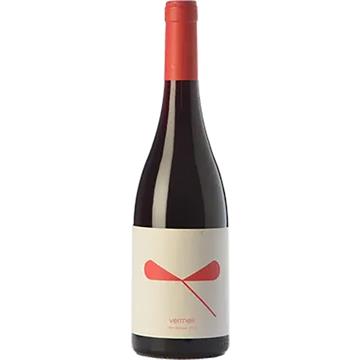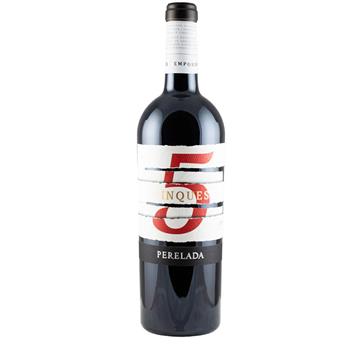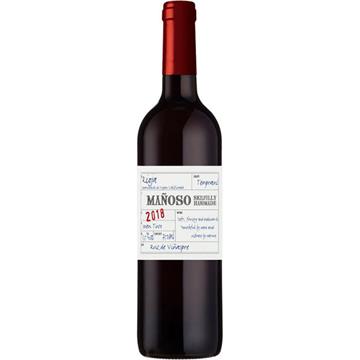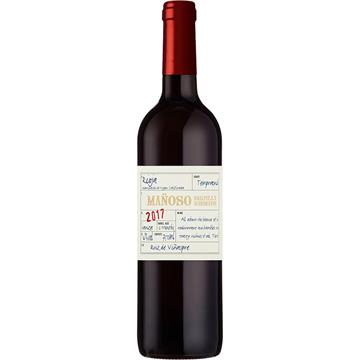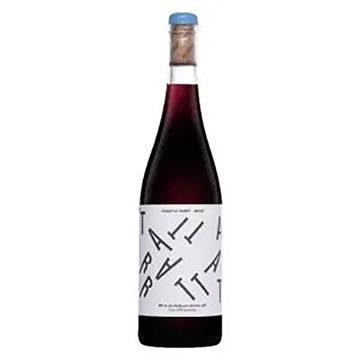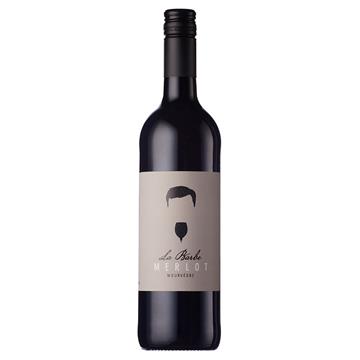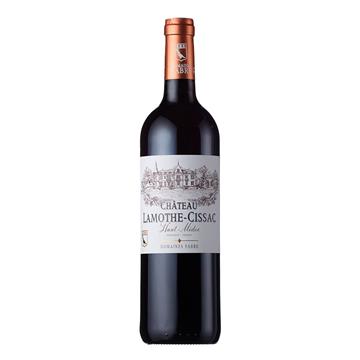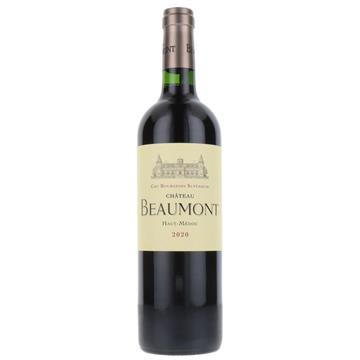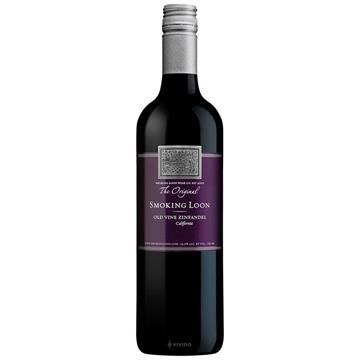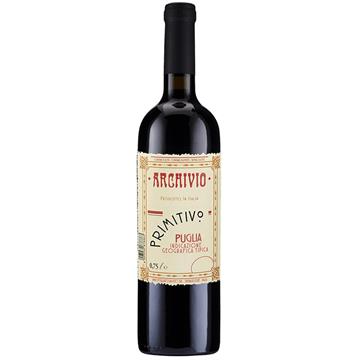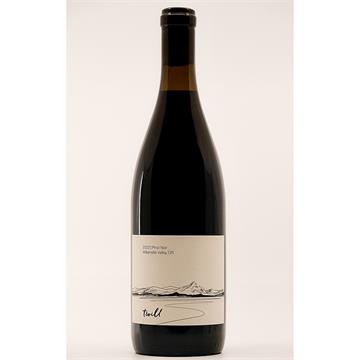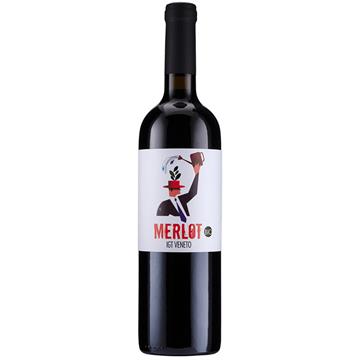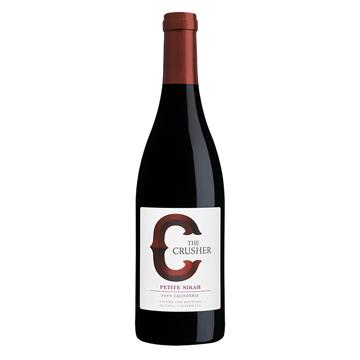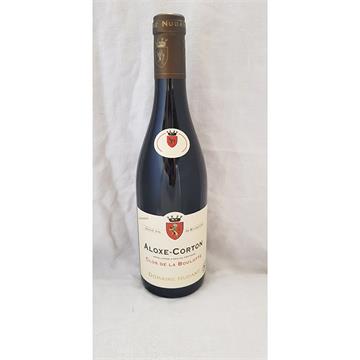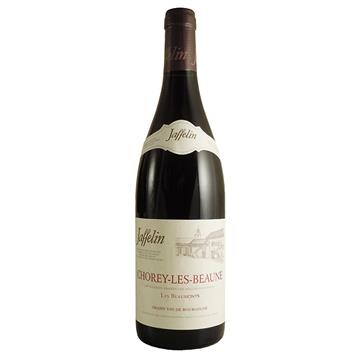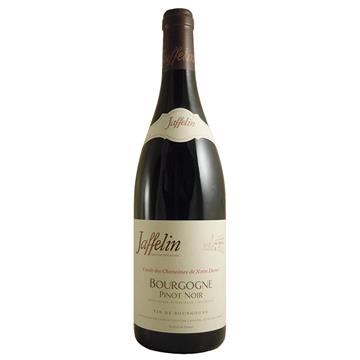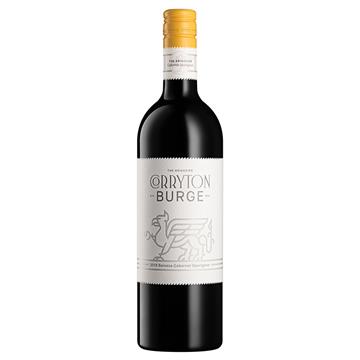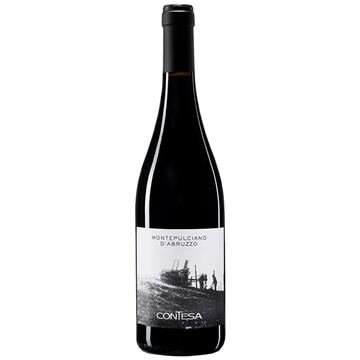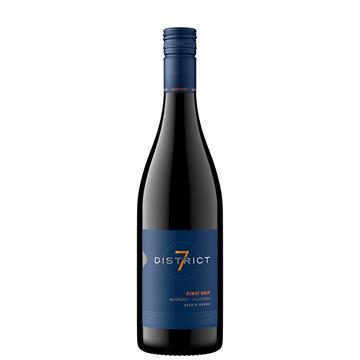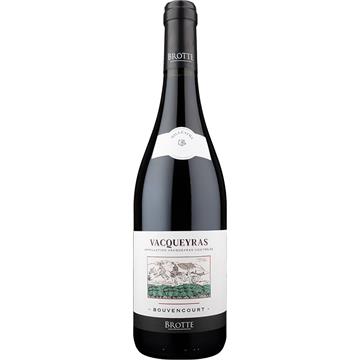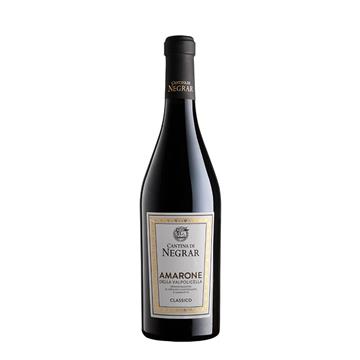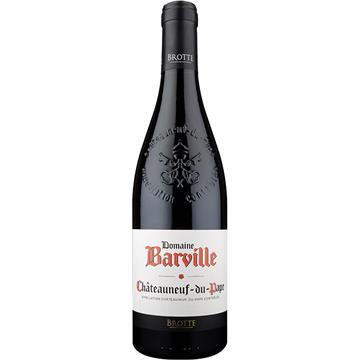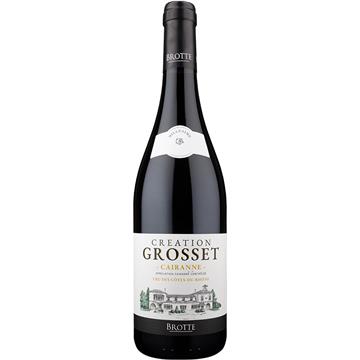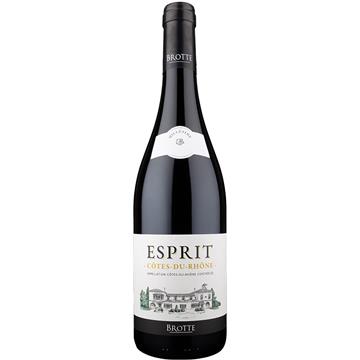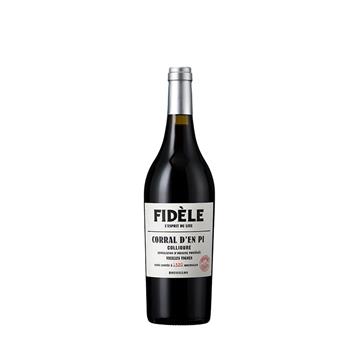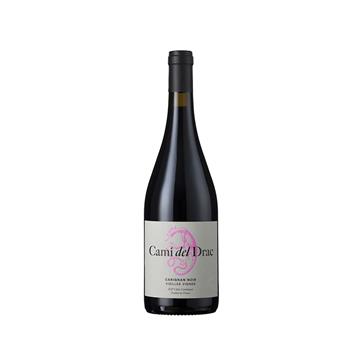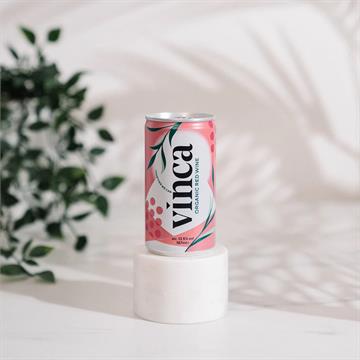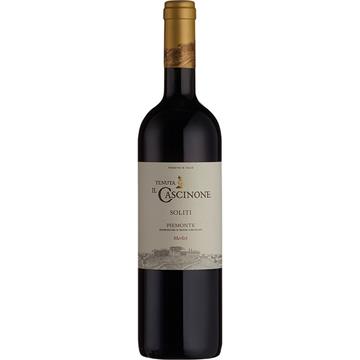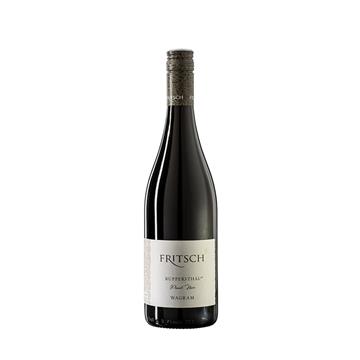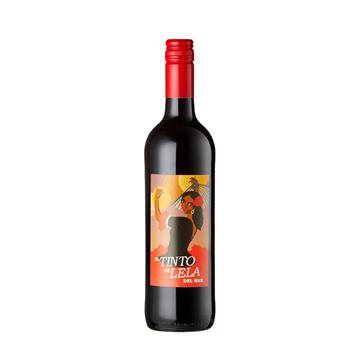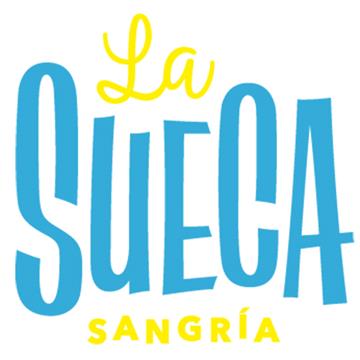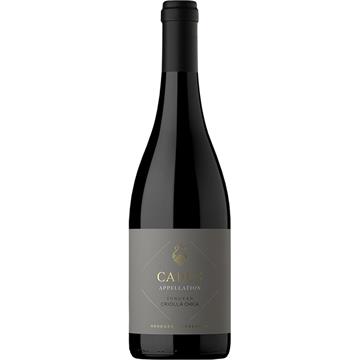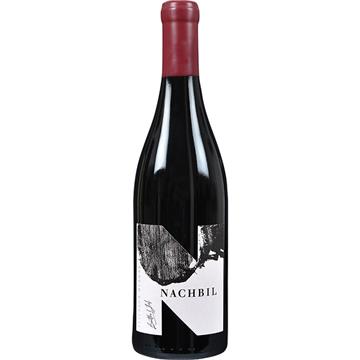You must be of legal drinking age to enter this site
Red Wine Wholesale
Wholesale Red Wine Supplier and Distribution Specialists
From the familiar grapes like Malbec and Merlot to the lesser-known Bobal and Susumaniello, our range of red wines has the diversity and breadth to appeal to bars through to fine dining venues.
Filter by...
Our Red Wine Overview
Red wines achieve their colour from the skins of red and black grape varieties. With the exception of a handful of grapes, collectively referred to as Teinturier varieties, all other red grapes have clear juice. The juice can be left in contact with the skins for anything from 4-5 days for a light, juicy red like a Beaujolais, to 21+ days for a full-bodied red like a Châteauneuf-du-Pape or Bordeaux. As well as colour, the grape skins also contribute tannins. Just chew on a grape skin and you’ll know exactly how tannins feel in the mouth! They’re astringent and dry out your teeth and gums. Tannins are important for adding structure and mouthfeel to red wines, as well as for longevity.As a general rule, the longer you leave the juice in contact with the skins, the more tannins are extracted, and the same rule applies when you pass the grapes through the press. Gentle pressing yields less tannin while increased pressure will give you more.
As with white winemaking, red wines are impacted and shaped by the vessels used to ferment them. Take a fresh, fruity wine like a Chilean Merlot or a young Rioja. These will have been fermented in stainless steel tanks, which are ideal for retaining those fresh aromas. This is known as reductive winemaking.Higher quality reds like aged Rioja and more premium Argentinean Malbecs or Australian Shiraz’s will have either been fermented in or aged in oak barrels, very often new or second-use. The barrels will not only add spicy flavours to the wine, but they’ll round out the feel of the wine and build structure too thanks to the tannins in the wood.Premium Italian reds like Amarone and Primitivo di Manduria will use larger, older wooden casks because producers don’t want to add the oak flavour. They want the wine to breathe and interact with controlled amounts of oxygen (as barrels are porous), which in turn adds more complex flavours and makes the wine smoother over time. Using wooden barrels for fermentation and/or maturation is known as oxidative winemaking.
Some traditional wines like Châteauneuf-du-Pape and Château Grand Gamelle from Bordeaux use traditional concrete vats to ferment their wines. These have a similar effect to the large oak casks, again as they’re porous, and allow the wine to oxygenate during fermentation. Natural and low-intervention winemakers are working with small concrete vessels like Nomblot eggs and truncated pyramids, as well as clay amphorae to make small-batch natural wines. These can more or less be left to do their own thing. The shape of the vessels encourages the wine to rotate by itself as it ferments, which stops the skins on the surface from drying out and turning to acetic acid (aka vinegar) after extended contact with air.Producers like Bodegas Altolandon in Spain and Thistledown in South Australia are prime examples of low-intervention producers who are using these vessels to brilliant effect.
Similarly to our white wines, we have dozens of different grape varieties represented in our portfolio, whether labelled varietally or featured as blends. Some more recognised varieties take different monikers depending on where they’re grown. Grenache can be labelled as Grenache Noir in France, Garnacha in Spain or Cannonau in Sardinia while Mourvèdre is known as Monastrell in Spain and Mataro in California and Australia. Shiraz and Syrah are effectively the same variety but it’s climate that determines which name is used. ‘Syrah’ is generally reserved for cooler climate wines that are more akin to the classic northern Rhône reds, while ‘Shiraz’ is used in hotter climates like South Australia, most of South Africa and southern Spain.

